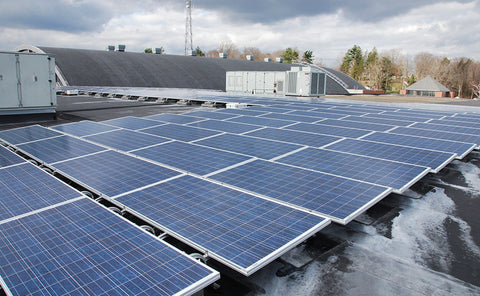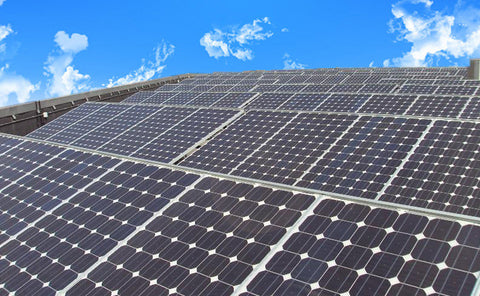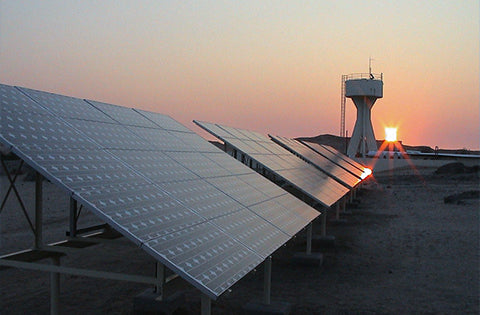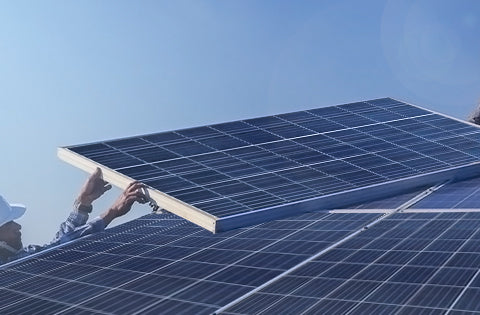Since July, the temperature has increased day by day, and the pace of hot summer is getting closer and closer. As we all know, the peak power temperature coefficient of general photovoltaic modules is between -0.38 and -0.44% / ℃. When the temperature rises by 1 ℃, the output power of photovoltaic modules will decrease by 0.38 ~ 0.44%, which will not only affect the power generation, but also easily cause fire.
With the development of photovoltaic industry, thousands of photovoltaic power stations are quietly built on the roof. According to the experience of photovoltaic developed countries such as Europe, the United States, Japan and China, potential fire risks also follow, and roof photovoltaic power stations have caused frequent fire accidents.

The service life of the photovoltaic system is theoretically 20-25 years. With the increase of the operation life of the photovoltaic power station, the electronic components in the inverter will have problems such as aging, cable cracking, loose contacts, etc. These internal reasons of the system may cause fault arcs. Generally, the installation of photovoltaic arrays mostly uses long strings of high-voltage DC power supplies, which indirectly increases the safety problems related to arcs.
Therefore, for users and manufacturers, regular maintenance of the power station is essential. First of all, check whether the photovoltaic equipment operates with disease, extended service or overloaded operation. This is why more and more solar panel installation manufacturers cooperate with experienced thermal imagers who provide routine thermal imaging inspection services to ensure the safe and effective deployment of solar systems.
As the temperature rises, the efficiency of solar panels and the power generation will decrease. Some defects will cause them to malfunction, even generate reverse current, and damage the whole solar device. The thermal imager can detect the hot spots on the battery board from a long distance, which greatly simplifies the defect search and prevents the defect from becoming a destructive failure. FLIR systems' infrared thermal imager is an ideal tool for inspecting solar panels. The inspection method is non-destructive and non-invasive. You can use the thermal imager to check the solar panel under load, so you don't need to turn off the system. If used properly, the thermal imager can accurately display the temperature difference between batteries or inside a single battery, so that you can find the fault as soon as possible.

These solar modules did not show defects because their temperature was within the maximum normal operating temperature range specified by the solar panel manufacturer in a sunny environment. The thermal imager can be used to inspect all components of the photovoltaic device, including inverters, fuses, cables and connectors. Thermal image inspection is not limited to solar panels, but also uses a thermal imager to inspect the entire system, from solar panels to connectors, inverters, fuses and all other system components. If a part of the system starts to wear out for some reason, or the resistance increases, resulting in the temperature rise, it can be easily detected by using the thermal imager, so you can fix the problem before the system crashes.
To learn more about photovoltaic power generation, please follow SOLARPARTS official website:
Twitter: Solarparts Instagram: Solarparts
Tumblr: Solarparts Pinterest: Solarparts
Facebook: Shenzhen Solarparts Inc
Email address: Philip@isolarparts.com
Homepage: www.isolarparts.com



